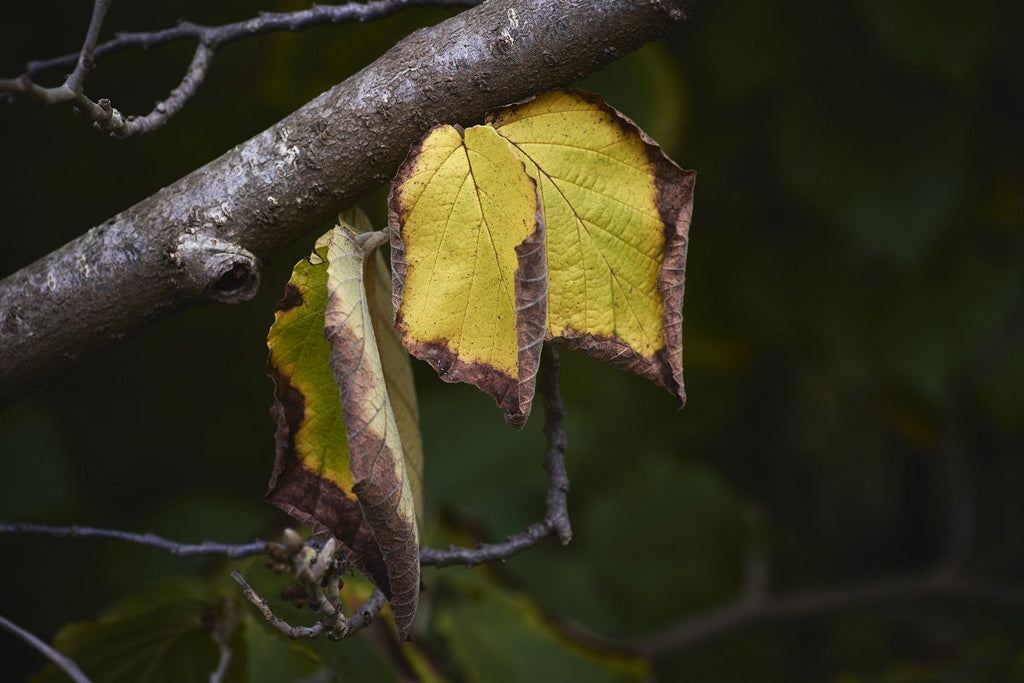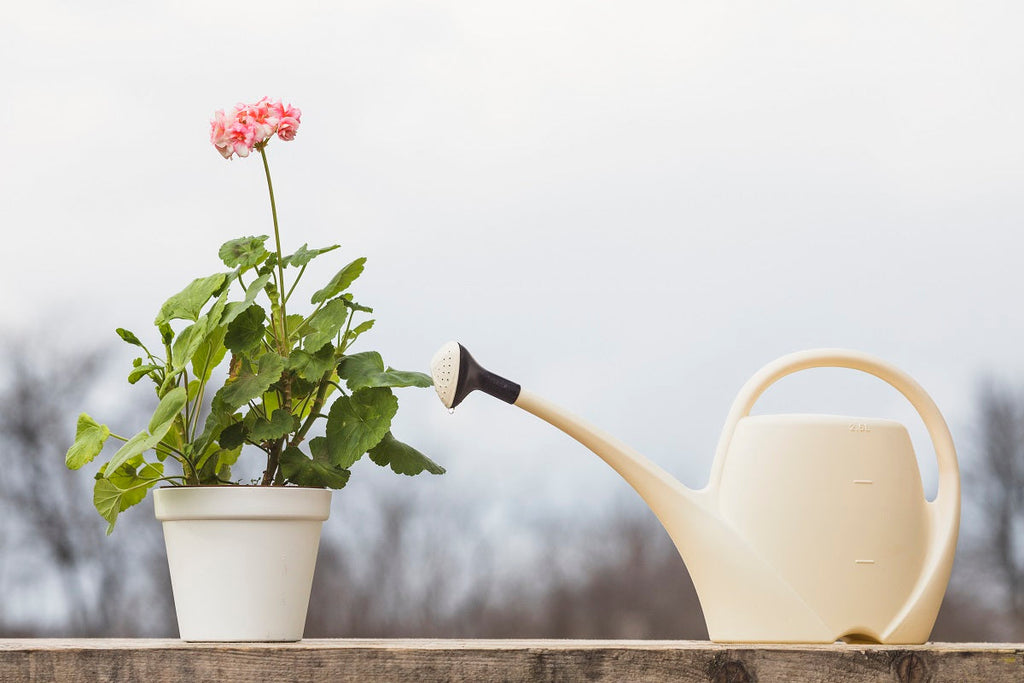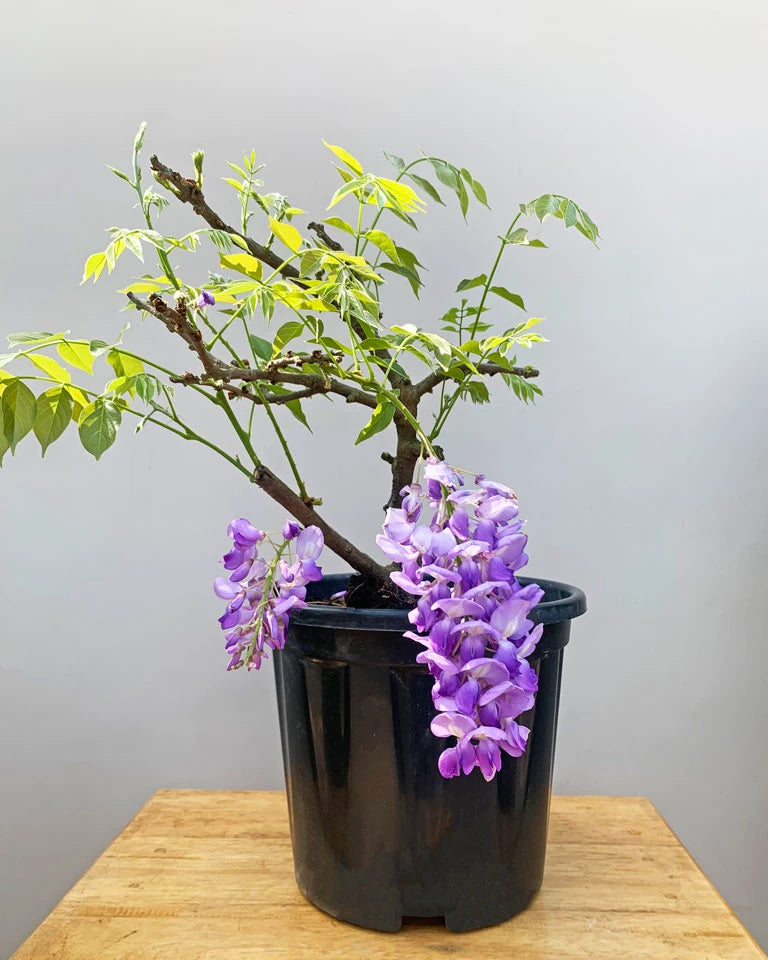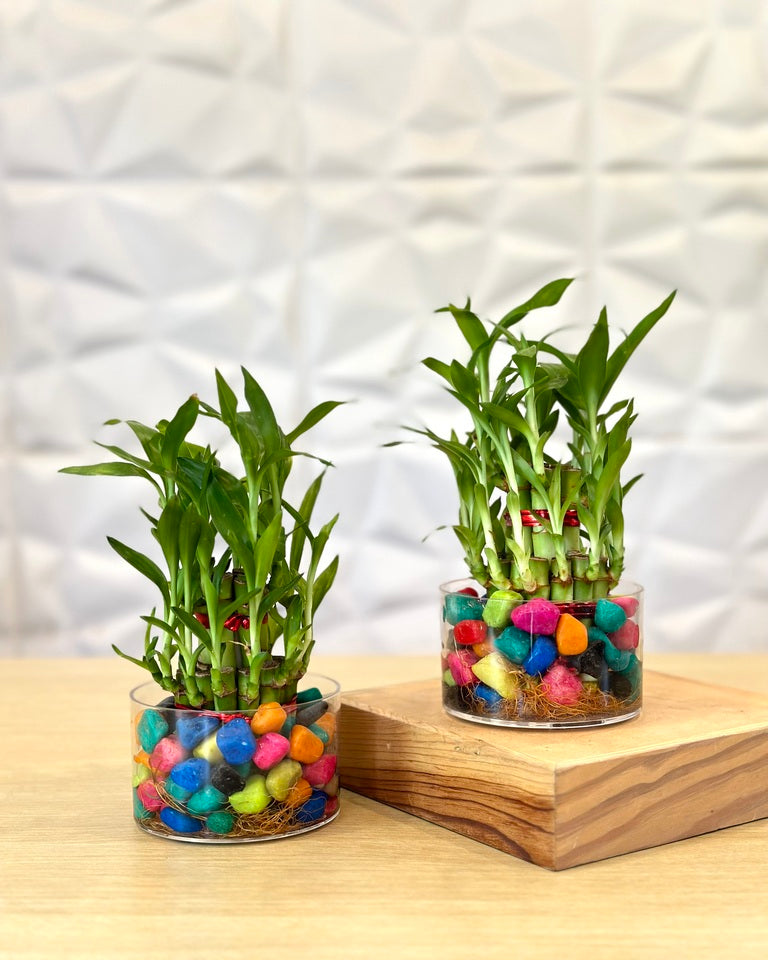
How to Care for a Tulsi Plant at Home: Benefits & Facts

Holy basil or tulsi, is a sacred plant that is valued for its culinary, medicinal, and spiritual properties in many different cultures. Tulsi plants may be very rewarding to grow and care for at home, adding both beauty and functionality to your living space. This blog offers a comprehensive how-to guide for taking care of tulsi plants, along with interesting facts, benefits, and proper maintenance advice. Let's explore the world of tulsi and learn how to take care of this beloved houseplant.
Benefits of Growing Tulsi at Home
1. Air Purification
- Tulsi is well known for its ability to purify the air inside buildings by releasing oxygen into the atmosphere while absorbing toxic gases.
2. Medicinal Properties
- Tulsi, which is high in essential oils and antioxidants, has many health advantages, such as strengthening immunity, lowering stress levels, and treating respiratory conditions.
3. Spiritual Significance
- Tulsi is regarded as a sacred plant in Hinduism, where it is frequently used in religious rites and is thought to infuse a home with good vibes and fortune.
4. Natural Insect Repellent
- Tulsi's potent scent serves as a natural insect repellent, keeping pests like mosquitoes at bay.
5. Culinary Uses
- Tulsi leaves are frequently used in cooking because they enhance the nutritional value of food and beverages and give them a unique flavor.
Interesting Facts About Tulsi
1. Varieties of Tulsi- There are several varieties of Tulsi, including Krishna Tulsi (purple leaves), Rama Tulsi (green leaves), and Vana Tulsi (wild type).
- In many cultures, Tulsi is planted around homes and temples as a symbol of protection against evil spirits and negative energies.
- Tulsi is a hardy plant that can adapt to various climates, making it easy to grow in different regions.
- With proper care, a Tulsi plant can live for several years, continuously providing benefits.
How to Care for a Tulsi Plant at Home
1. Choosing the Right Pot and Soil
A. Pot Selection- Use a medium-sized pot with good drainage holes to prevent waterlogging.
- Use well-draining, fertile soil.
- A mix of garden soil, sand, and compost in equal parts works well.
2. Planting Tulsi
A. Seeds or Cuttings- Tulsi can be grown from seeds or cuttings.
- Sow seeds 1/4 inch deep in the soil and cover lightly.
- Keep the soil moist but not soggy.
- Germination takes about 1-2 weeks.
3. Light Requirements
A. Sunlight Exposure- Tulsi requires 6-8 hours of direct sunlight daily.
- Place the plant in a sunny spot, preferably facing east.
4. Watering
A. Frequency- Water the Tulsi plant when the topsoil feels dry.
- Avoid overwatering as it can lead to root rot.
- Use a watering can for gentle watering to avoid disturbing the soil.
- Ensure proper drainage to prevent water stagnation.
5. Fertilizing
A. Type of Fertilizer- Use organic fertilizers like compost or well-rotted manure.
- A balanced liquid fertilizer can be applied once a month during the growing season.
6. Pruning and Maintenance
A. Pruning Tips- Regularly pinch off the tops to encourage bushier growth.
- Remove any yellow or dead leaves to maintain plant health.
- Keep an eye out for common pests like aphids and whiteflies.
- Use neem oil or insecticidal soap as a natural pest control method.
7. Seasonal Care
A. Winter Care- Move the plant indoors or to a warmer spot if the temperature drops below 15°C (59°F).
- Reduce watering during winter months.
- Water more frequently during hot and dry periods.
- Mulch around the base of the plant to retain moisture.
8. Harvesting Tulsi
a. When to Harvest- Start harvesting leaves once the plant is 6-8 inches tall.
- Regular harvesting encourages new growth.
- Use clean scissors to snip leaves or small branches.
- Avoid harvesting more than one-third of the plant at a time.
Common Problems and Solutions
1. Yellowing Leaves
A. Cause- Overwatering or poor drainage.
- Ensure proper drainage and reduce watering frequency.
2. Wilting
A. Cause- Underwatering or root damage.
- Water adequately and check for root-bound conditions.
3. Slow Growth
A. Cause- Lack of nutrients or inadequate sunlight.
- Fertilize appropriately and ensure sufficient sunlight exposure.

















